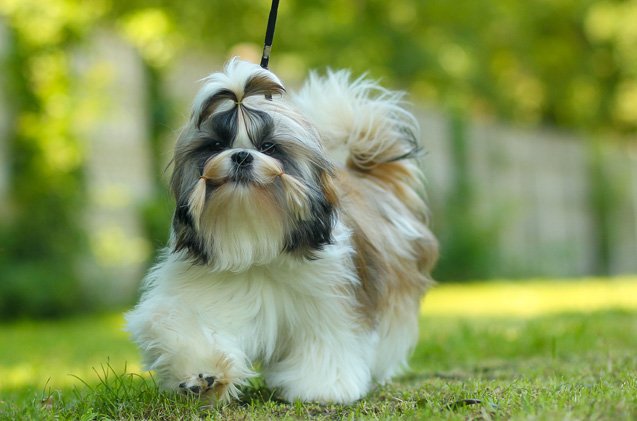What Are Achondroplastic Dogs?

Dog breeds come in all shapes and sizes with certain breeds being small and others being large – the size of any given breed is largely a result of selective breeding. Not only are some dogs bred to be small, but there are some breeds for which a genetic mutation known as achondroplasia is actually desirable. Keep reading to learn more about what achondroplasia is and how it affects a dog.
What is Achondroplasia?
Like humans, dogs are prone to certain health problems, some of which affect the bones themselves. Osteochondrodysplasia (or OCD) is a developmental abnormality of the bones and cartilage that is characterized by abnormal bone growth and/or bone deformities. Achondroplasia is a form of OCD in which the bones fail to grow to their normal size. This condition is caused by a genetic mutation of the fibroblast growth factor receptor gene and it usually causes the dog to develop abnormally short limbs – that is why the condition is also called dwarfism.
Related: 6 Frequently Asked Questions About Canine Osteoarthritis
Though in some cases achondroplasia is a spontaneous genetic mutation, it is actually a desirable trait in some breeds. Some of the most common achondrosplastic breeds include the following:
- Welsh Corgi
- Bulldogs
- Skye Terrier
- Dachshund
- Basset Hound
- Boston Terrier
- Pug
- Pekingese
- Shih-Tzu
- Beagle
In addition to developing short legs, many dogs with achondroplasia also have abnormally large heads, an undershot jaw, crooked teeth, and enlarged joints. Due to the abnormal growth of the bones, these dogs may also have a sideways bowing of the limbs or spinal deviation on either side of the body.
What Else Do You Need to Know?
While achondroplasia is desirable in certain dog breeds, it is considered a significant genetic fault when it occurs in breeds not listed above. Technically speaking, dogs that develop stunted bone growth suffer from chondroplasia, but the idea is the same. Some breeds that have a genetic predisposition to this problem include German Shepherds, Norwegian Elk Hounds, Great Pyrenees, and Alaskan Malamute. Unfortunately, this condition is not always evident at birth, but it will become evident as the dog gets older but develops shortened limbs compared to other dogs.
Related: What Are the 7 Most Common Musculoskeletal Issues in Dogs?
Achondroplasia in dogs ranges in severity. In some dogs, it may be mild but in very severe cases it can be crippling. Depending whether the condition causes any clinical problems or not, treatment options are worth considering. In some cases, corrective surgery is an option but it is usually not the best course of action. Pain relievers and anti-inflammatory drugs are usually the best treatment for dogs suffering from achondroplasia. Adjustments to the dog’s lifestyle and exercise habits may be required as well.
You should also know that dogs with achondroplasia are more prone to arthritis than other breeds – this is especially true as the dog gets older. Keep in mind as well that these dogs have a higher risk for obesity, partially due to their compressed structure and the fact that abnormally short legs may interfere with normal exercise. Keep a close eye on your dog’s condition and report any concerns to your veterinarian.
Though achondroplasia is normal in the dog breeds listed above, it can negatively impact the growth and development if it occurs in other dog breeds. If you’re concerned about your dog’s growth and development, talk to your veterinarian.

Kate Barrington is the loving owner of two cats (Bagel and Munchkin) and a noisy herd of guinea pigs. Having grown up with golden retrievers, Kate has a great deal of experience with dogs but labels herself a lover of all pets. Having received a Bachelor's degree in English, Kate has combined her love for pets and her passion for writing to create her own freelance writing business, specializing in the pet niche.
More by Kate Barrington























